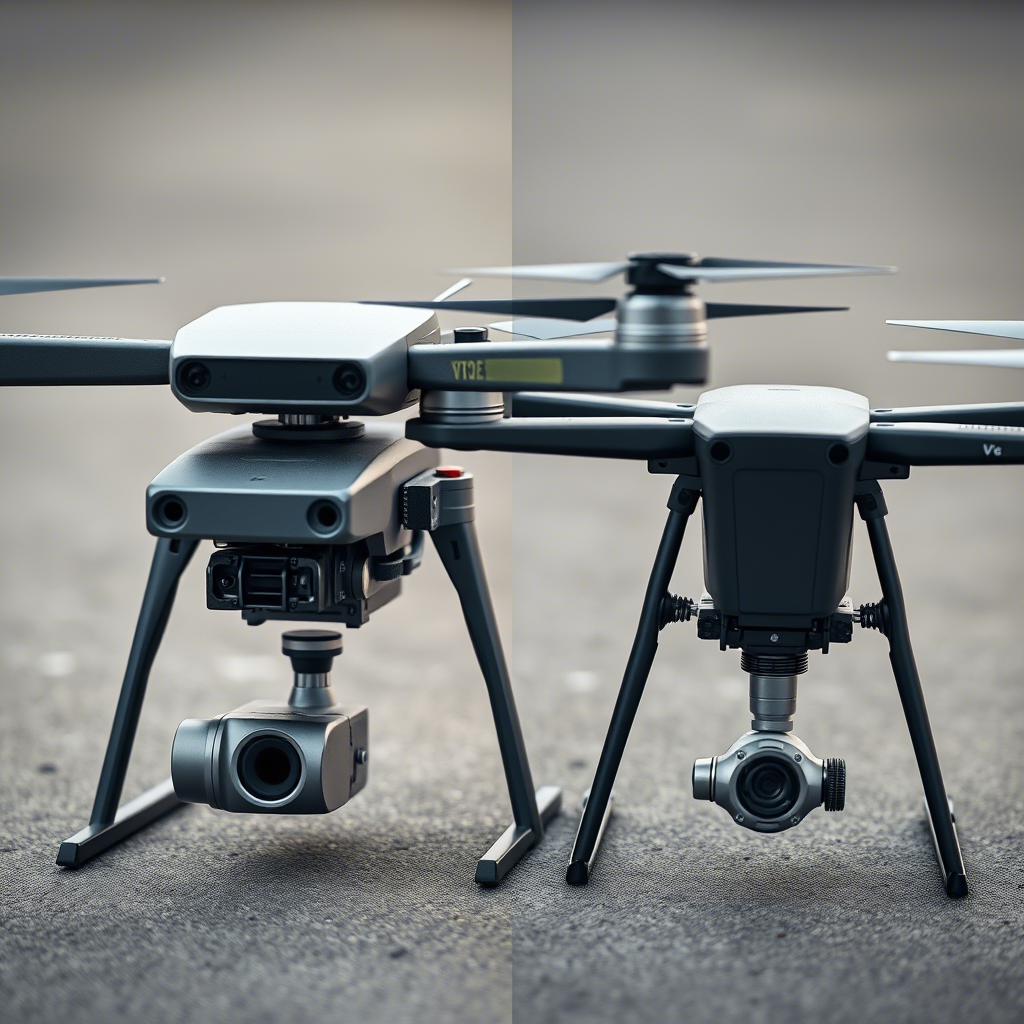Introduction
In the world of modern surveying and mapping, Lidar drones have revolutionized how professionals capture 3D field topography with unmatched accuracy and efficiency. Gone are the days of labor-intensive ground surveys—today, industrial drones equipped with Lidar sensors deliver high-resolution 3D models in a fraction of the time.
But what makes Lidar drones so powerful for topographic mapping? And how can industries like agriculture, construction, and environmental monitoring benefit from this technology? Let’s dive in.
—
Why Lidar Drones Are Game-Changers for 3D Mapping
1. Unmatched Precision & Detail
Unlike traditional photogrammetry, Lidar (Light Detection and Ranging) penetrates dense vegetation and captures ground-level data even under canopy cover. This makes it ideal for:
– Forestry management (measuring tree height, density)
– Land development (identifying elevation changes, drainage patterns)
– Infrastructure inspection (power lines, pipelines, road networks)
2. Faster Data Collection
A Lidar-equipped drone can survey hundreds of acres in a single flight, drastically reducing fieldwork time. For example:
– Manual surveying: Days or weeks
– Drone Lidar mapping: Hours
3. Cost-Effective & Scalable
Deploying a Lidar drone eliminates the need for expensive manned aircraft or ground crews. Plus, cloud-based processing tools (like Pix4D, DJI Terra) make data analysis faster than ever.
—
Key Applications of Lidar Drones in Topography Mapping
✔ Agriculture: Precision Farming
Farmers use 3D field maps to:
– Analyze soil erosion
– Optimize irrigation planning
– Monitor crop health with elevation-based insights
✔ Construction & Engineering
– Cut-and-fill analysis for earthworks
– As-built surveys to verify design accuracy
– Volume calculations for stockpile management
✔ Environmental & Disaster Management
– Flood risk assessment (identifying low-lying areas)
– Landslide monitoring (tracking terrain shifts over time)
—
Choosing the Right Lidar Drone for Topography Mapping
Not all Lidar drones are created equal. Here’s what to consider:
| Feature | Why It Matters |
|---|---|
| Lidar Sensor Type | Solid-state vs. mechanical—higher scan rates mean better detail |
| Flight Time | Longer battery life = larger area coverage per flight |
| Point Density | More points per square meter = higher accuracy |
| Software Integration | Compatibility with GIS tools (ArcGIS, QGIS) is crucial |
Top Picks (2024):
– DJI Matrice 350 RTK + L1 Lidar (best for high-precision surveys)
– Rock Robotics R2A (affordable, great for agriculture)
– YellowScan Mapper (lightweight, ideal for environmental studies)
– BDU KS2900 (multi-platform supported, drone/vehicle/vessel, very light yet with high accuracy)
—
Final Thoughts
Lidar drones are transforming 3D field topography mapping, offering speed, accuracy, and cost savings that traditional methods can’t match. Whether you’re in agriculture, construction, or environmental science, integrating drone Lidar into your workflow is a smart move.

